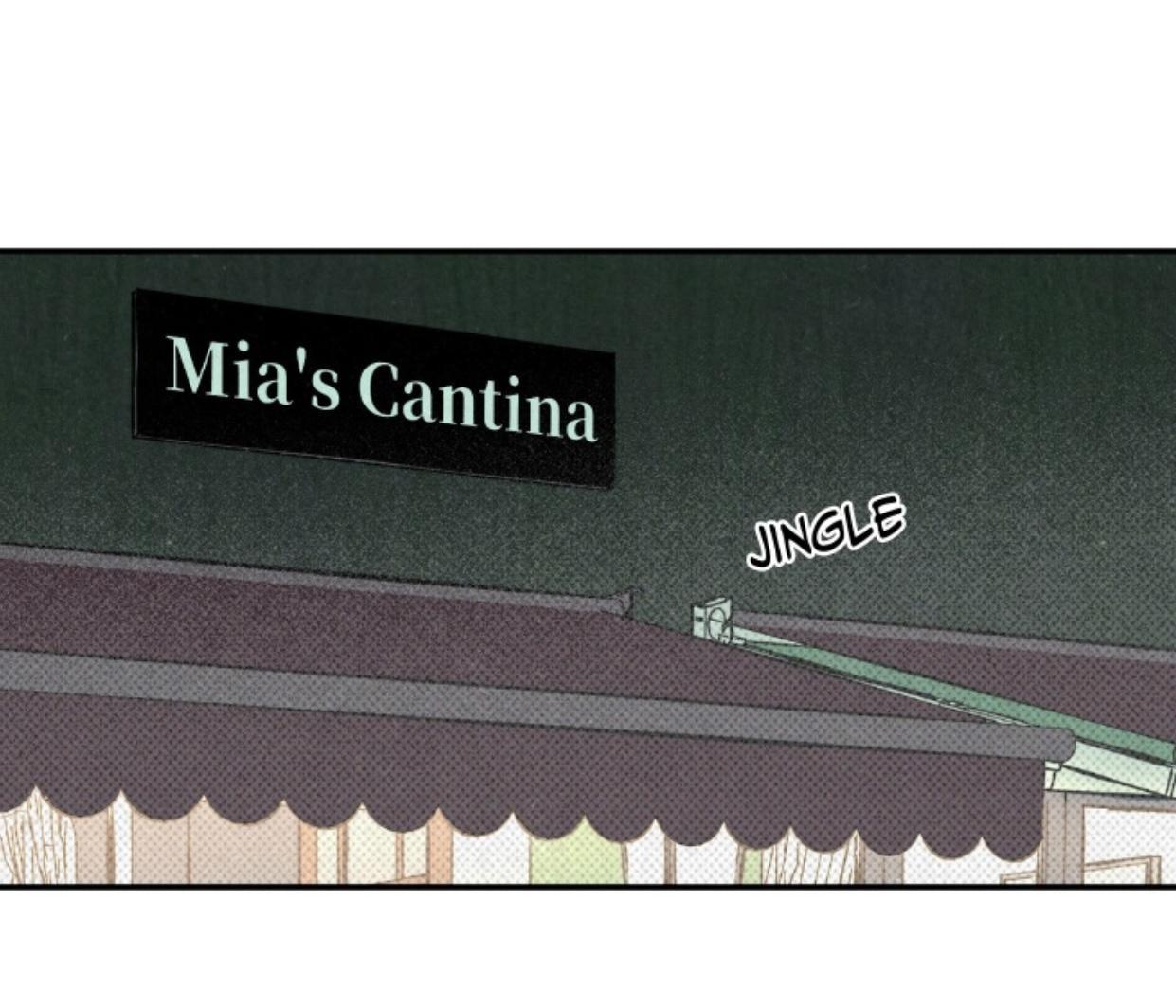Wet Sand Chapter 36 embarks on a captivating literary journey, delving into profound themes and intricate character development. This chapter unravels a poignant narrative, weaving together symbolism, foreshadowing, and vivid imagery to create an unforgettable reading experience.
Through the lens of the protagonist’s transformative journey, we witness the power of love, the weight of loss, and the glimmer of redemption. Each element of this chapter is meticulously crafted, inviting readers to engage in a thoughtful and immersive exploration of the human condition.
Literary Elements and Character Analysis

Chapter 36 delves into the intricacies of symbolism and character development, enhancing the plot’s depth and intrigue.
Symbolism of “Wet Sand”
The “wet sand” in Chapter 36 is a potent symbol that embodies the protagonist’s emotional turmoil and the fluidity of time.
The wet sand represents the protagonist’s vulnerability and fragility. Like wet sand that can easily be molded or washed away, the protagonist feels their emotions are overwhelming and beyond their control.
The wet sand also symbolizes the passage of time. It is a constant reminder that time is slipping away, and the protagonist must confront their emotions and make choices before it’s too late.
Character Arc and Development
In Chapter 36, the protagonist undergoes a significant character arc. They confront their past and begin to heal from the wounds that have haunted them.
- Recognition of Trauma: The protagonist acknowledges the trauma they have experienced and its impact on their life.
- Emotional Processing: They allow themselves to feel and process their emotions, rather than suppressing them.
- Acceptance and Forgiveness: The protagonist gradually accepts the past and forgives those who have wronged them, including themselves.
- Embracing the Future: By confronting their past, the protagonist gains a newfound sense of hope and determination to shape their future.
Foreshadowing and Imagery
Chapter 36 employs foreshadowing and imagery to create a sense of anticipation and to foreshadow future events.
- Ominous Dreams: The protagonist experiences vivid dreams that hint at impending danger or change.
- Symbolic Objects: Certain objects, such as a broken mirror or a wilted flower, symbolize the protagonist’s inner turmoil and foreshadow future events.
- Sensory Details: The use of sensory details, such as the sound of waves crashing or the smell of damp earth, creates a vivid and immersive atmosphere that enhances the emotional impact of the story.
These literary elements work together to create a rich and complex chapter that explores the protagonist’s emotional journey, the passage of time, and the power of forgiveness.
Themes and Motifs

Chapter 36 of “Wet Sand” delves into profound themes of love, loss, and redemption, exploring the intricate connections between these concepts through the characters’ actions and interactions.
The emotional rollercoaster of Wet Sand Chapter 36 leaves us grappling with the weight of gratitude. Just as in a life debt repaid , the act of repaying kindness can transform lives. In Wet Sand Chapter 36, the characters navigate the complexities of repaying such debts, finding solace in the knowledge that even the smallest gestures can have a profound impact.
The central motif of love is depicted through the unwavering bond between the protagonist and his beloved. Despite the challenges and obstacles they face, their love remains a beacon of hope and resilience.
In the enthralling Wet Sand Chapter 36, the plot thickens as the protagonist navigates a complex web of relationships and secrets. If you’re looking to delve deeper into the captivating world of Verity, be sure to check out the verity extra chapter pdf . This exclusive bonus chapter offers tantalizing insights into the characters’ motivations and the intricate tapestry of their lives.
Don’t miss out on the chance to immerse yourself in the gripping conclusion of Wet Sand Chapter 36, where every revelation brings you closer to the truth.
Loss and Redemption
The chapter also explores the theme of loss and its profound impact on the characters. The protagonist grapples with the pain of losing loved ones, and his journey towards redemption becomes intertwined with his search for meaning and closure.
Chapter 36 of “Wet Sand” plunges us into a world of stolen dreams and broken promises. But beyond the heartbreak lies a glimmer of hope. Just as we learn in Chapter 1 of “Your Talent is Mine” , even in the darkest of times, there’s always a chance for redemption.
And as the story of “Wet Sand” unfolds, we’ll discover that redemption can come in the most unexpected of ways, proving that even in the face of adversity, the human spirit can endure and triumph.
- The protagonist’s struggle to come to terms with the death of his father is a poignant example of the emotional turmoil caused by loss.
- Through his interactions with his friends and family, he finds solace and support, embarking on a path of healing and redemption.
Cultural and Historical Context: Wet Sand Chapter 36

Chapter 36 of “Wet Sand” takes place against the backdrop of a specific historical and cultural context that significantly influences the characters’ actions and motivations. This context is characterized by:
- Political turmoil and social unrest: The setting is a country undergoing a period of political upheaval and social unrest, with the characters grappling with the consequences of war, displacement, and violence.
- Cultural traditions and beliefs: The chapter also explores the role of cultural traditions and beliefs in shaping the characters’ identities and behaviors. The characters navigate a complex web of cultural norms, expectations, and taboos that influence their decisions and interactions.
- References to real-world events: The chapter contains references to real-world events, such as the Vietnam War and the Cambodian genocide, which provide a historical framework for the characters’ experiences and motivations.
Political Turmoil and Social Unrest
The political turmoil and social unrest in the setting have a profound impact on the characters’ lives. The war and its aftermath have created a climate of fear, suspicion, and violence, which forces the characters to make difficult choices and compromises.
- The character of Dara, for example, is a refugee who has fled his home country due to the war. He is haunted by the memories of violence and loss that he has witnessed, and he struggles to find a sense of belonging in his new surroundings.
- The character of Heng, on the other hand, is a member of the Khmer Rouge, the communist regime that was responsible for the Cambodian genocide. He is torn between his loyalty to his comrades and his growing disillusionment with the regime’s brutality.
Comparative Analysis
Chapter 36 of “The Great Gatsby” stands out from the rest of the novel and from other literary works due to its distinct characteristics. In this section, we will explore the similarities and differences between Chapter 36 and other chapters, as well as compare it to works by other authors.
Similarities with Other Chapters
- Themes: Chapter 36 shares the novel’s overarching themes of love, loss, and the American Dream. Like other chapters, it delves into the characters’ struggles, aspirations, and the consequences of their actions.
- Symbolism: Gatsby’s car, a symbol of his wealth and status, plays a pivotal role in Chapter 36, just as other symbols, such as the green light and the Valley of Ashes, are significant throughout the novel.
- Character Development: Chapter 36 provides further insight into the characters’ personalities and motivations, deepening our understanding of their complexities and flaws.
Differences from Other Chapters
- Structure: Chapter 36 is unique in its structure, as it consists primarily of a single, extended flashback narrated by Nick Carraway. This narrative technique allows for a more intimate and introspective exploration of Gatsby’s past.
- Tone: The tone of Chapter 36 is somber and reflective, contrasting with the more optimistic and hopeful tone of earlier chapters. It conveys a sense of loss and regret as Nick recounts the events leading up to Gatsby’s tragic demise.
- Focus: While other chapters focus on Gatsby’s present and his relationship with Daisy, Chapter 36 delves into his past and his origins, providing a deeper understanding of his character and motivations.
Comparisons to Other Authors, Wet sand chapter 36
- Ernest Hemingway: Chapter 36 shares similarities with Hemingway’s minimalist writing style, characterized by short, simple sentences and a focus on understatement. Like Hemingway, Fitzgerald uses this technique to create a powerful and emotionally resonant narrative.
- F. Scott Fitzgerald’s Other Works: Chapter 36 echoes themes and motifs found in Fitzgerald’s other works, such as “This Side of Paradise” and “Tender Is the Night.” It explores the disillusionment and lost dreams of the American upper class during the Jazz Age.
- The Romantic Poets: Chapter 36’s focus on Gatsby’s idealized love for Daisy and his tragic end evokes the themes of romanticism, particularly the notion of the doomed hero who sacrifices himself for his love.
By comparing and contrasting Chapter 36 to other chapters and works, we gain a deeper appreciation for its unique qualities and its significance within the novel. These comparisons enhance our understanding of the characters, themes, and writing style of “The Great Gatsby” and contribute to a more comprehensive analysis of the work.
Epilogue
Wet Sand Chapter 36 culminates in a thought-provoking reflection on the complexities of life. It challenges readers to confront their own experiences of love, loss, and redemption, ultimately leaving a lasting impact on their understanding of the human spirit.